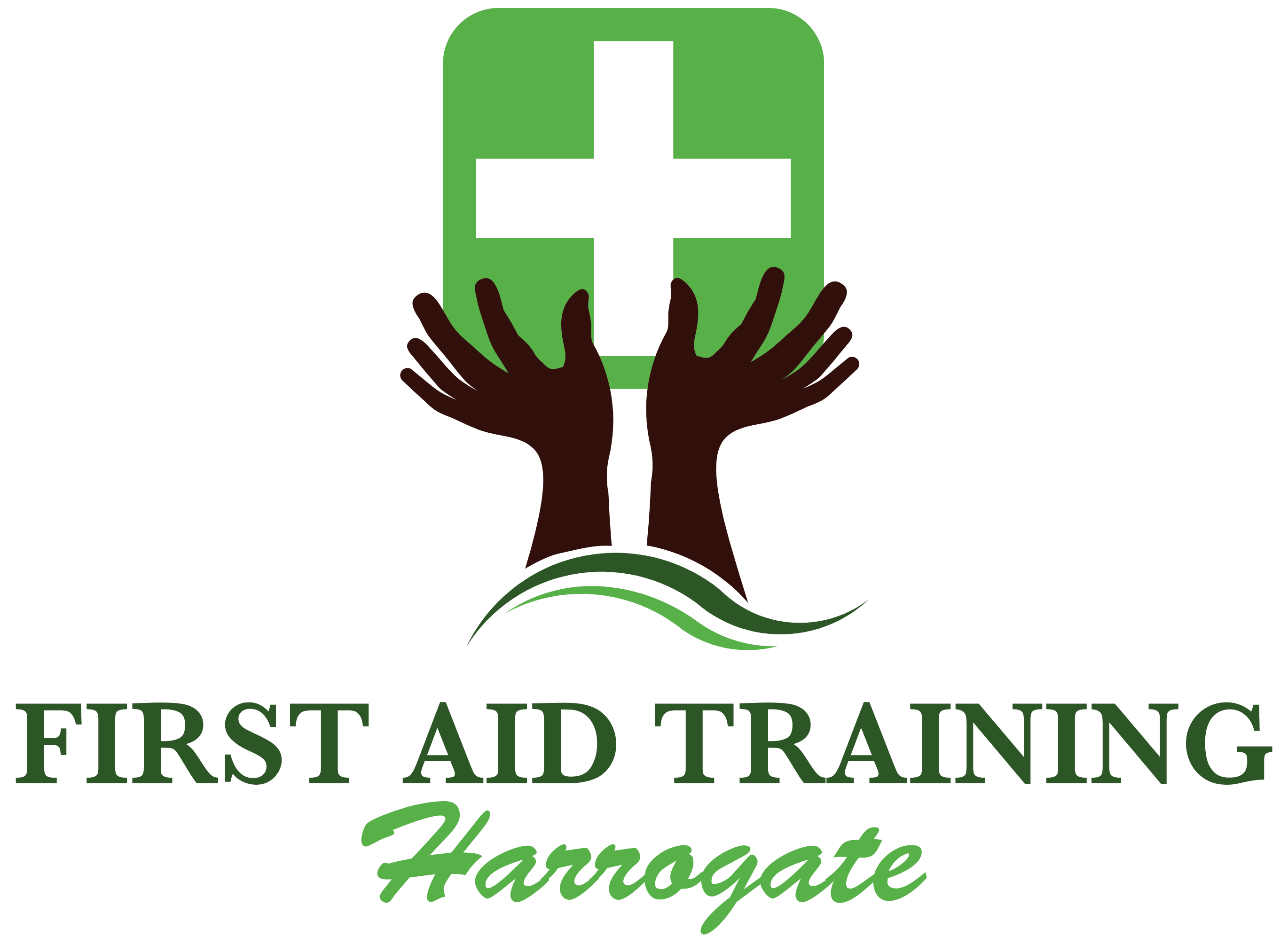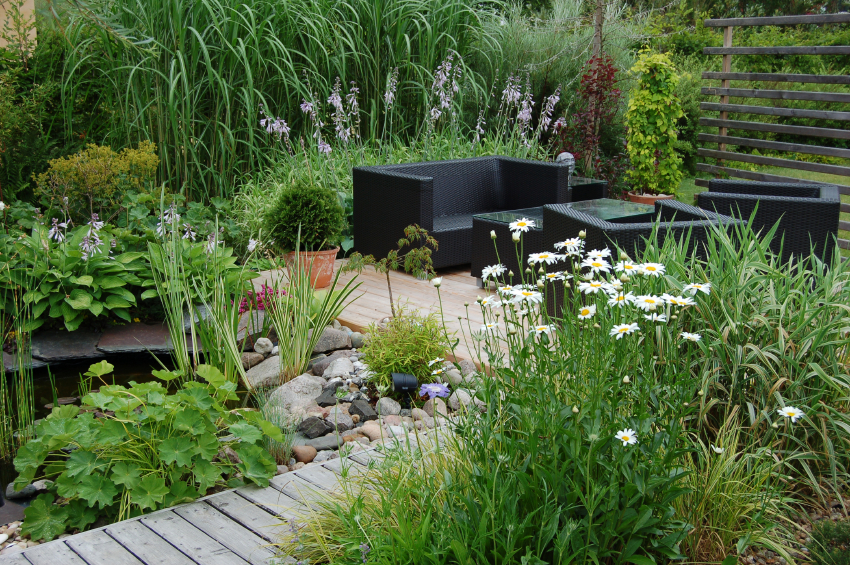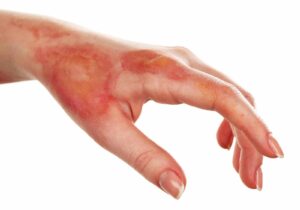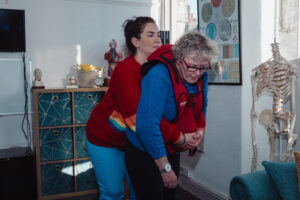For those of you lucky enough to have a garden, the time you spend in it should be enjoyable and therapeutic. Gardening can enhance your physical health as well as your mental health, and there is nothing more rewarding that seeing the fruits (and veg!) of your efforts when things start to grow and bloom.
Now, especially more than ever, people are spending more and more time in their gardens and allotments. However, this also brings potential hazards and infections with it. From poisonous plants to sharp tools, our outdoor space can be dangerous if we don’t prepare well and take precautions.
Here we have listed some important advice and guidelines so that you can enjoy your gardening experience, free from danger or injury.
Protect your spine and joints
Lifting heavy loads and reaching up to cut branches and leaves could leave you with back pain and muscular damage if you don’t approach with caution.
Try to carry out a quick warm up and stretch before you start to ensure your joints are mobilised and your muscles are warm. Also, try not to perform any single task for so long that you risk a repetitive strain injury. Ten to fifteen minutes is a good guide before a break. Alternate the hand or arm you are using wherever possible.
If you need to lift something, then lift with your knees. Keep your back straight, squat down with bent knees and lift using the power of your legs – never your back.
Another important piece of advice is not to sit back on your knees directly onto the ground. Sitting back on your knees causes stress to your knee joints. Try using a garden stool or bench instead, or at least a foam-padded kneeler.
You are the best person to know your own body, so pay attention to what it is telling you. Slow down or take a break if you notice a pain or begin to feel out of breath.
Wear protective clothing
Invest in some good quality gloves and you will be protecting your hands and wrists from cuts and scrapes – which could end up being infected. Wearing gloves will also keep you protected from harmful substances and objects such as toxic fertilisers, and poisonous leaves and berries such as ivy and giant hogweed.
Always wear long sleeves, long pants, and good quality trainers or wellington boots. These will help to protect your arms, legs, and feet from insect and spider bites, as well as scratches or if you accidentally drop something onto your feet.
Safety goggles will be required for some tasks i.e. hedge strimming and leaf blowing to avoid objects lodging in your eyes. Also, wearing a sun hat and sunscreen will protect your skin from prolonged exposure to the sun, and reduce the risk of sunburn and sunstroke.
Finally, if you wear jewellery – remember to take it off before you start your gardening tasks. By taking off your rings, earrings and bracelets – not only do you eliminate the chance of damage – but you also take away the risk of ring avulsion or getting chains trapped in power tools or equipment.
Tool safety
Common tools used for gardening include spades, hand trowels, rakes, hoes and pruning shears. As well as power tools including hedge strimmers, lawnmowers, chainsaws and leafblowers.
Always read the instructions carefully before using any kind of tool, and make sure you are familiar with the safety advice before operating. There are hundreds of YouTube videos available offering advice and demonstrations for all kinds of jobs and tasks in the garden, so make the best use of these too. Remember that some jobs are best left for the experts if you don’t feel confident!
Use long handled tools if you can. This will reduce the amount you need to bend, reach or stretch and help to protect your back.
Always safely store your tools after and before use, too. Store sharp blades facing down and in protective covers. Keep tools out of reach of children or animals at all times – a locked shed is the best option.
Finally, never drink alcohol when operating tools of any kind. Save your glass of wine or G&T for when your garden work is all done and dusted!








